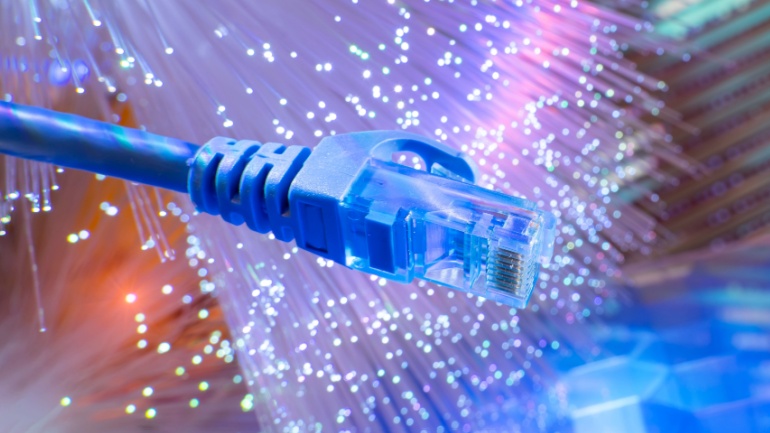Fibre optic cables may not be the most attractive tech-product out there, but they play a crucial role in delivering high-quality, low-latency, and consistent internet services to homes and businesses. When it comes to speed and reliability, the sophistication of the fibre optic network is of utmost importance. Among the leaders is Prysmian, standing out as Europe’s top fibre optic cable producer and the UK’s premier optical cable manufacturer.
Prudent investments in premium quality cables are an obvious choice for network providers, as these cables have an impressive lifespan of over 30 years. Given that the installation costs constitute up to 60% of the total investment in a fibre optic network, choosing a high-grade product from the outset can result in significant savings. In comparison, the price tag of the cable itself and necessary connection equipment equates to approximately 12% of the total investment outlay.
Moreover, cable failures are not only expensive but also have the potential to harm the reputation of network providers. Faulty cables can lead to downtime and unhappy customers. In congested urban environments, identifying the issue and arranging for repair or replacement can pose considerable logistical and financial challenges.
Prysmian’s prominence extends beyond the production of robust, premium cables. They are also pioneers of cables designed for congested environments, such as London, where cable ducts are heavily utilised. Their small-diameter cables are perfectly adapted to be fitted into already occupied ducts, maximising space without compromising performance.
Modern optical fibres have a standard diameter of 250microns. Enclosed in these fibres are multiple delicate glass strands enveloped by a sturdy, high-performance exterior sheath. These strands serve to propagate light signals, thereby facilitating communication between devices.
Prysmian has made strides in innovation by developing robust sleeves that accommodate additional fibre strands within the same diameter cable or support more data through smaller diameter cables. Given the cost and time implications of expanding networks in bustling areas, this innovation truly leaps off the page.
Despite the obvious challenges, Prysmian has demonstrated its ability to condense cables and connectivity components without compromising quality. This ability to miniaturise and maintain quality simultaneously has its advantages. Not only does it reduce packaging, transportation, and related costs, but it also allows more extended lengths of cable to be spooled, reducing the number of connecting joints and cutting down installation time.
Beyond the economic benefits, smaller cables also come with environmental advantages. The reduced physical dimension of cables results in less environmental footprint during network infrastructure’s establishment. Furthermore, Prysmian’s use of recycled material during cable production boosts environmental responsibility.
“We are a Centre of Excellence for Connectivity,” claims the Prysmian group. And from what we can see, this isn’t just an empty boast. With reduced installation cost and time, smaller environmental footprints, and the strategic use of recycled materials, it’s quite evident quality and sustainability aren’t mutually exclusive for them.







